“From trash to treasure” is a motto that Palak (aka Polly) Shah Setunga’s brand Conscious Paper adopts.
Welcome to the Spotlight series by TMS, where we highlight businesses and people around Hong Kong making waves. This week, we’re speaking with Polly Setunga, the founder of Conscious Paper.
“From trash to treasure” is a motto that Palak (aka Polly) Shah Setunga’s brand Conscious Paper adopts. Approaching sustainability and a desire to make a positive impact, Polly created her sustainable stationery business to fuel her passion for adventure and travel, all the while feeling good about it. Through her creative designs, she promotes eco-conscious practices and contributes to the global shift towards sustainability. Her most recent achievement has been winning the bronze REBORN! Upcycling Design Award.
Polly describes her discovery of the remarkable potential of elephant dung as a “sustainable resource” that she came across during one of her travels. Intrigued by the idea of turning waste into something beautiful, she partnered with manufacturers in India who developed a groundbreaking process that converts elephant dung, textile waste and agricultural waste into pulp, which is then used to craft eco-friendly paper products.
With a steadfast dedication to inspiring others, Polly invites individuals to embrace unconventional solutions for a greener future. Through Conscious Paper, she encourages people to appreciate the harmony between nature, creativity and the transformative power of waste – a testament to the potential of unexpected materials in building a sustainable world from what you least expected.
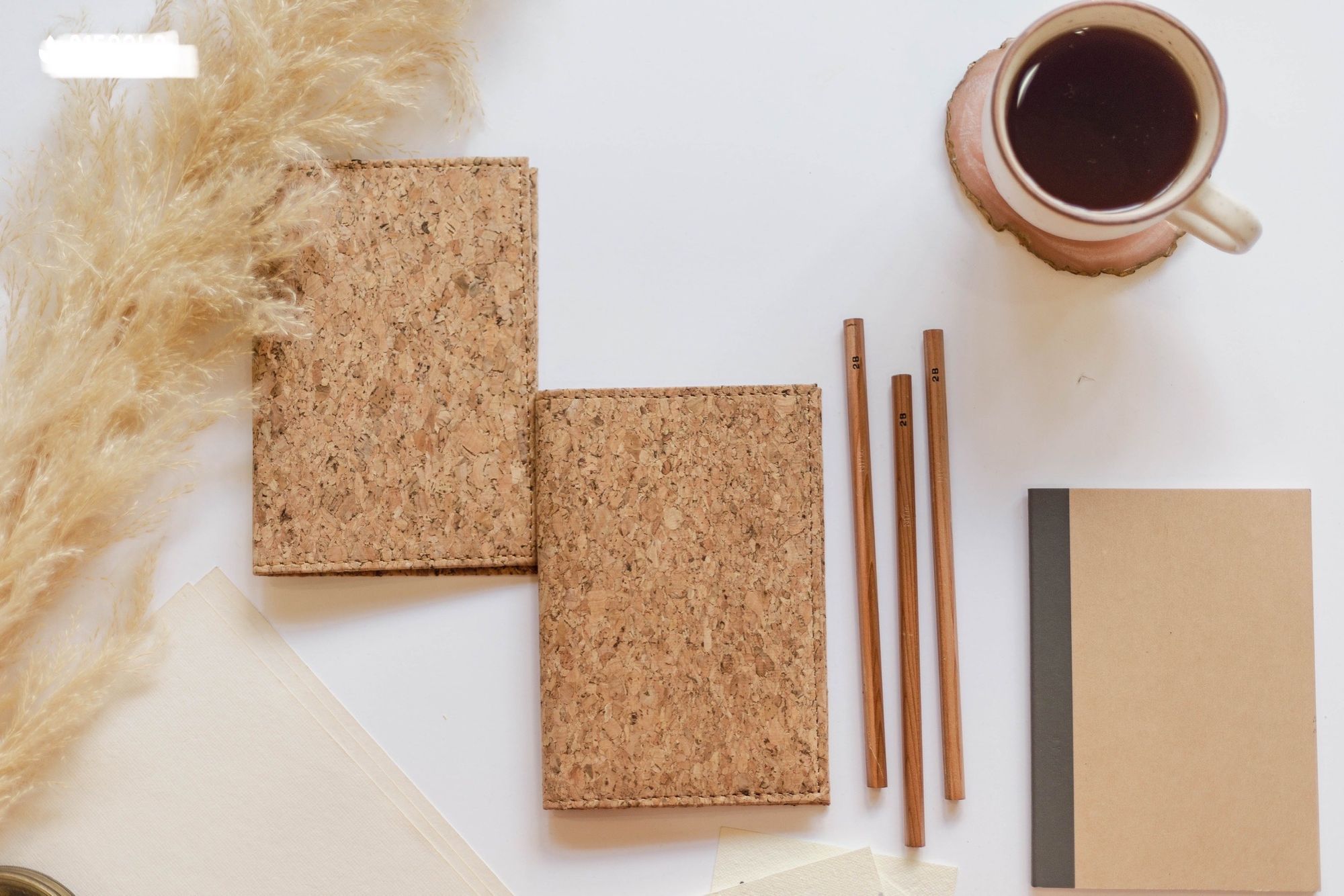
Q: What types of paper do you create, and what is the difference between the different types?
We create different types of paper using different kinds of waste. First of all, we have a paper that is made from textile waste, which is called cotton rag paper. Then we have a paper that is made from agricultural waste, which is hemp paper, corn husks, a paper which is made from tea leaves, one from coffee husks and one from banana leaves. Then, we have a paper that is made from animal waste, which is the elephant dung paper.
All of them are made in a slightly different way. And, of course, each of them has their own unique waste material that we're using to make them and develop them into paper.
Q: Can you give us a brief rundown of how your paper is made?
Conscious Paper has different kinds of alternative paper, so I’ll give just one example of the many. Let’s take the case of “cotton rag paper,” which is made from cotton textile waste. Cotton is a crop that is harvested to further manufacture into clothes, and through that, there are cotton bits, which are the byproducts of the textile industries. What we do is we collect all that textile waste, and then because it contains high cellulose, it can be turned into high-quality, chemical-free paper. They are collected from the landfills, and then the color sorting happens. That is a very important aspect because we are not using chemical dyes or anything to give you the color of the paper. It is, in fact, the natural color of the fabric that we're using.
It is a painstaking job, but it makes the paper cleaner and 100% eco-friendly without putting in any chemicals. These pieces that are collected together are sorted together in different colors and then chopped and beaten to a pulp. That's when the paper-making process begins. Then there is drying, and then there's calendaring. So all this is done one after the other, and it gives us beautiful cotton rag paper.
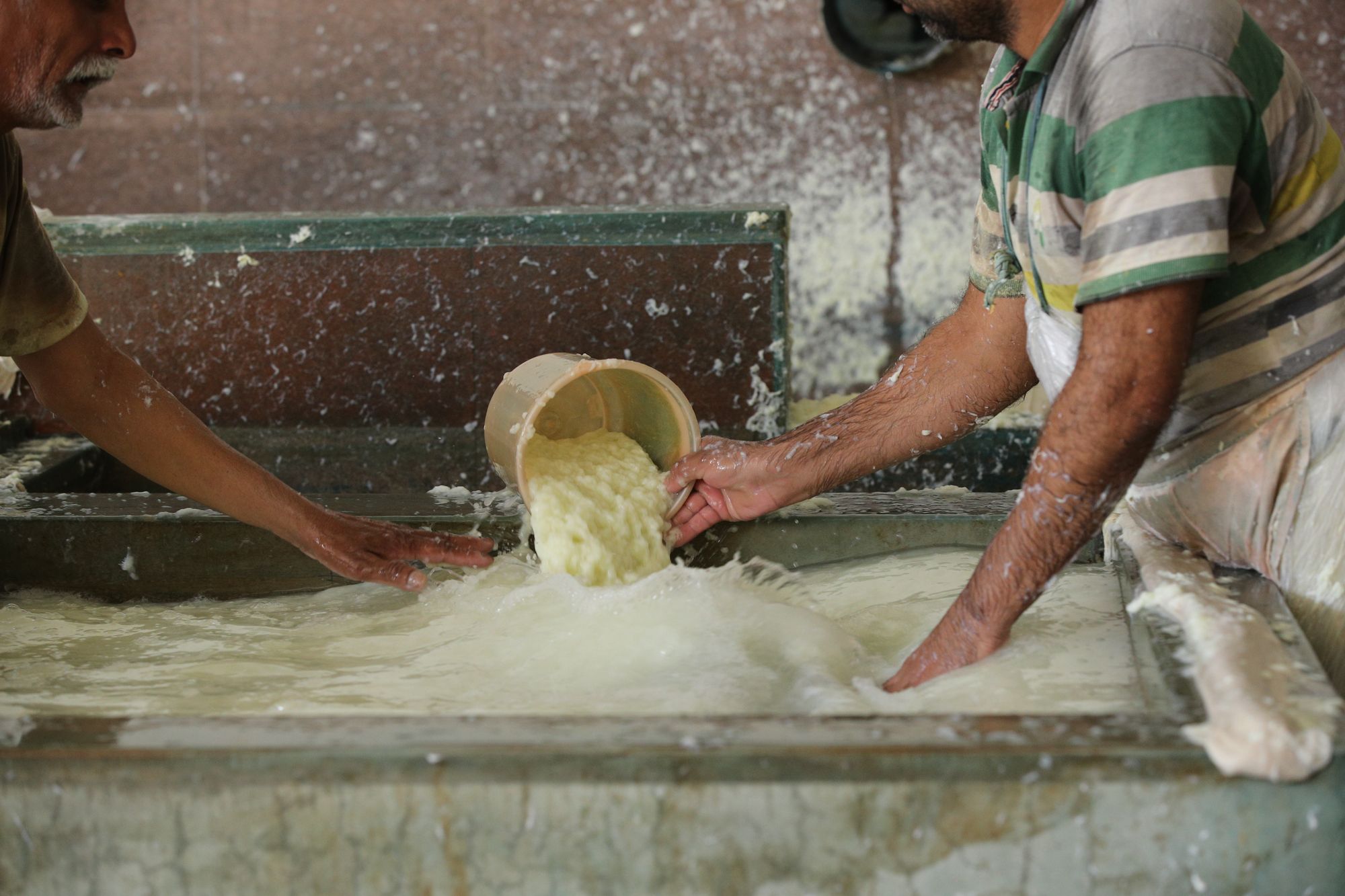
Q: What were the challenges you faced when setting up your business?
We have partnered with manufacturers who are making these types of papers in India. All the process is taken care of by them in India. As the owner of Conscious Paper living in Hong Kong, I am trying to bring those beautiful papers and stories to Hong Kong.
One of the biggest challenges that I'm facing here in Hong Kong is to change a habit. Every human, every company, everybody is used to generic sheet paper. Paper has been in the system for generations, and it's very difficult to change your habit and have people suddenly start believing in something new. An example is lycee packets. Traditionally and culturally, they have to be smooth and shiny. So changing people’s ideas to using handmade paper is difficult because the texture is a little rough. The looks are sort of more important.
Another challenge that I faced was during and after COVID. Lots of people and organizations were reshuffled. So unfortunately, many of the old partners who knew me, who knew my story, who knew my papers, left Hong Kong. So once again, I had to get going, meet new people, start my stories again, and get them to believe that what I'm doing is something that will really help them with their company's ESG initiatives.
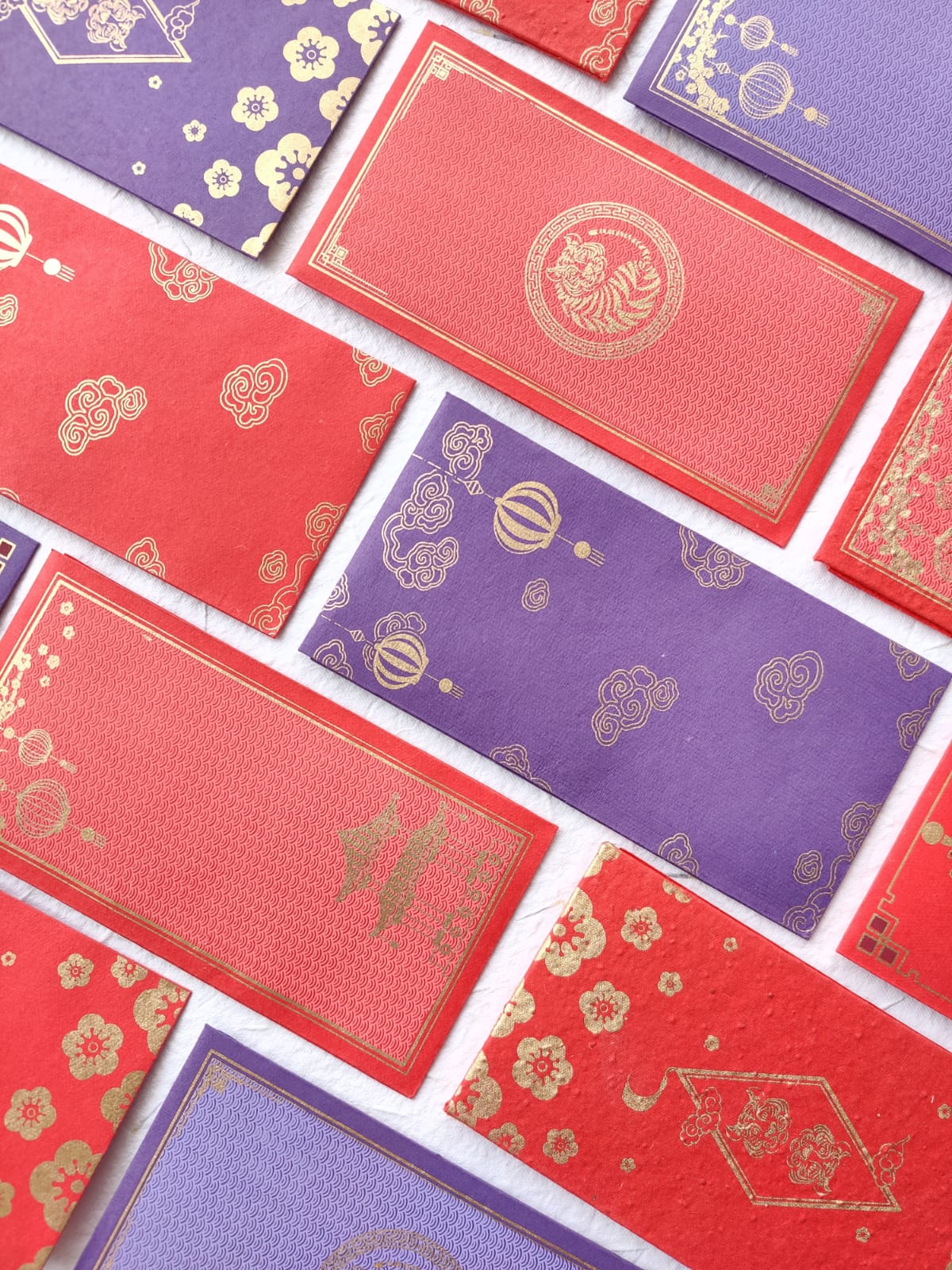
Q: What is your hope for your business to make an impact on the environment?
I want Conscious Paper to be the face of everything eco-friendly and the one-stop shop where all organizations and anybody who is looking for an eco-friendly option go to source their paper. I hope that my business makes an impact on the environment because, in India, there are these various factories and companies that are making something truly sustainable and something that should be given to the world.
These practices have been going on in India for years, but they have unfortunately been lost with the modern times. So my aim for my business is to get these products and these age-old techniques back into the world. Back to the simple and to be completely eco-conscious.
Q: Why do you think we still cut trees to make paper instead of using alternative methods?
The demand for paper and paperboard is almost 490 million metric tons. Perspective-wise, if you stack that much paper on top of each other, it would be about a tower that is 5,000 kilometers tall. That's more than three times the height of Mount Everest, which is the tallest mountain in the world. So yes, the global demand is huge.
While using waste to make paper isn't normally a viable option, it currently cannot meet this global demand. On top of that, this paper also has limitations in terms of quality and availability. But every effort of moving in that direction and any efforts made to increase the use of this paper, to reduce our reliance on virgin paper, we should choose.
Q: How is your business making an impact when it comes to rural employment?
Making paper like this is a labor-intensive process. In this labor-intensive process, you require the skilled and unskilled.
We make sure that a lot of villagers are employed by our factories in India. As much as the paper, we have partnered with these factories making these papers. So from our side, the effort is to sort of involve more work so that there is enough rural employment happening in the skilled, semi-skilled to unskilled labor. They have this opportunity to work with us and grow this business so that we can push these papers or push rural employment in India.
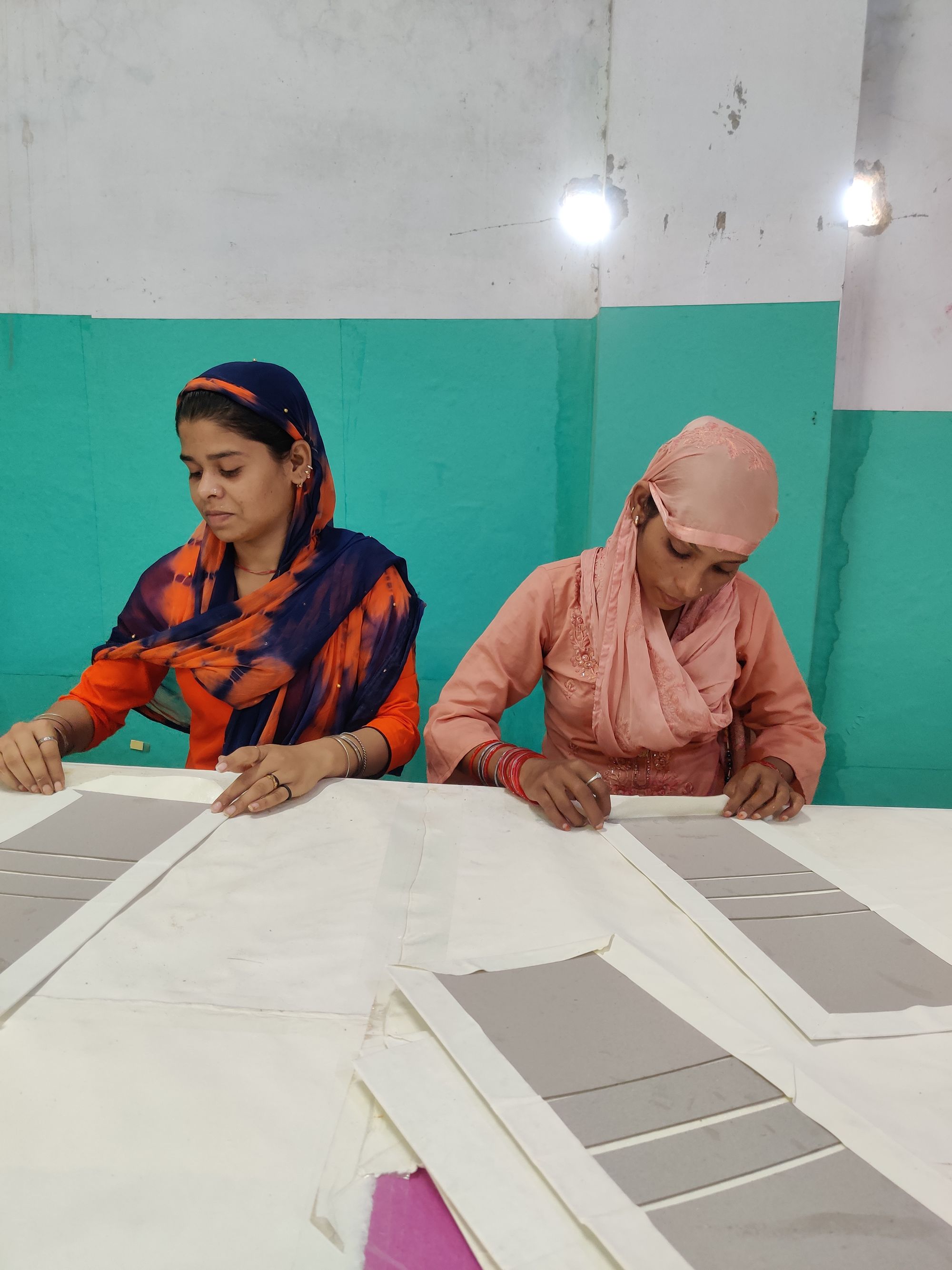
Q: How is Conscious Paper making an impact when it comes to elephant conservation?
When I think about why I do this – it's not just about providing eco-friendly paper or helping our planet. In certain parts of India, there are elephants that have their own land and the farmers who have their own land. And often, there is a conflict between humans and these magnificent animals. You often see a conflict where elephants might go onto the farmland and trample on the crops. On the other hand, you might see humans coming in the way of the elephants and harming them so that they don't come and destroy their crops.
To bring harmony between the two and make them coexist, we introduced this elephant dung paper.
We can bring these two communities, the one of the animals and the one of the humans, together and show them how they can coexist. So, while the humans realize that they need the elephants to collect dung to make this paper, the elephants realize that humans are not there to harm them.
Q: What do you think Hong Kong can do better to help the environment?
Honestly, Hong Kong has a long way to go when it comes to being sustainable. The biggest challenge that I see here is the change in mindset. As of yet, I don't actually see people or companies or the government understand the importance of sustainability. Enough so that things can change, at least. So Hong Kong does have a long way to go.
Hopefully, things will change soon, and initiatives will start popping up sooner rather than later.
Q: How do you stay positive and grounded through the ups and downs of entrepreneurship?
Entrepreneurship is hard! Just to even get going and understand the flow, getting the direction right, it's just so difficult.
I am doing this all by myself at this moment, but I realized that investing in people, investing in a team, is extremely important to go through the various levels of entrepreneurship. Events like COVID and events like changing the mindset of the people in Hong Kong are very difficult, and they do take a toll on you.
I find that being consistent is the key and pushing your mission and pushing your business. As long as it's correct and as long as it's true to yourself. That is what will push you through entrepreneurship and through the ups and downs.
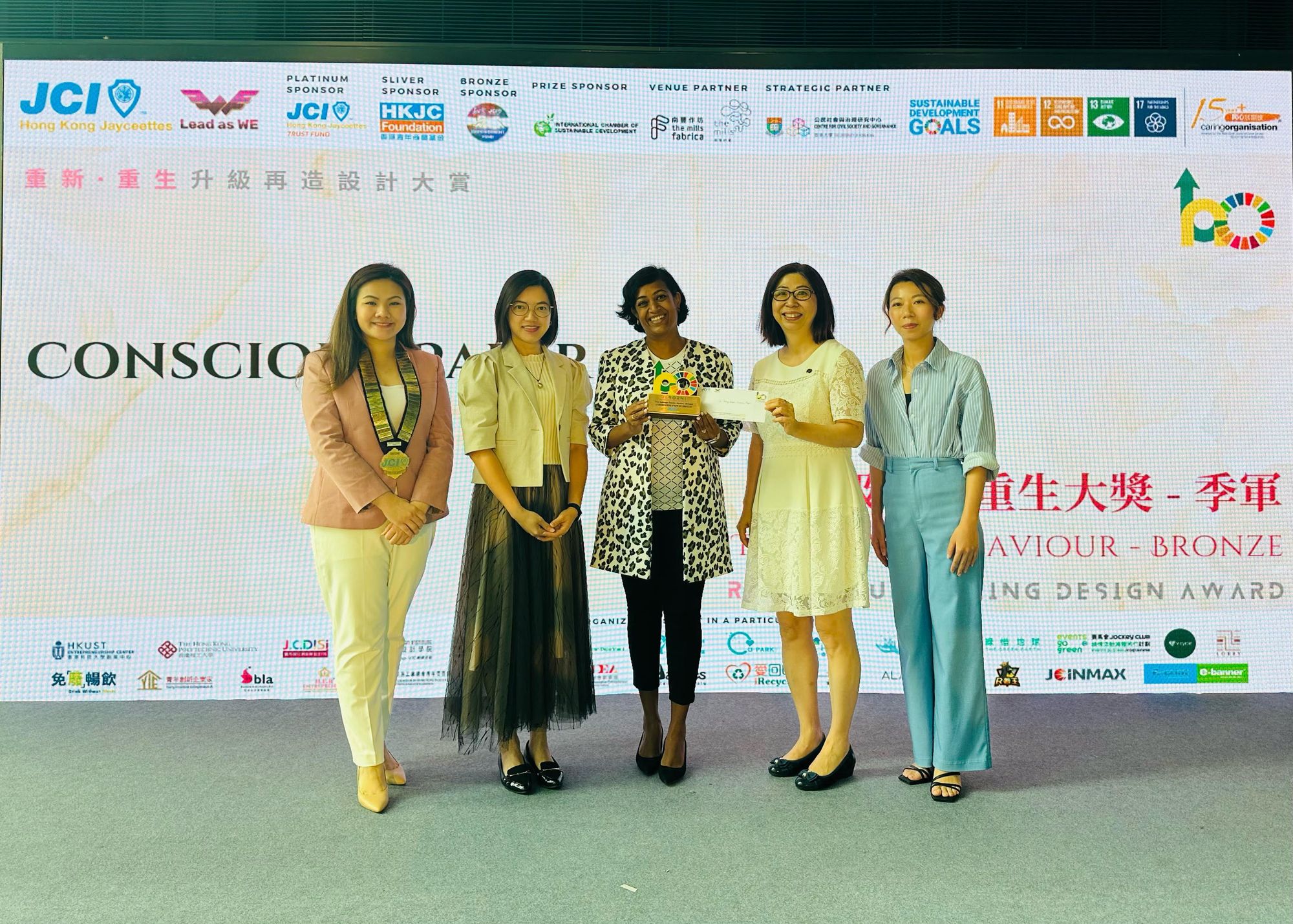
Q: How do you personally live more sustainably?
I have two kids – one is 5 years old, and the other one is less than 2. I have always used biodegradable washable diapers whenever it has been possible. At home or anywhere possible where we are using washing machines, we use washable diapers. That's one great way of putting the waste out of the landfills.
Another thing that I do personally is that, for some time now, I have been using silicone cups for my period. Tampons are very harmful to the planet. So, using silicon cups is a great way to stop the wastage of sanitary wear going to landfills.
And the third way that I try to be sustainable is by composting at home. I use all kinds of food waste – eggshells, unused waste, garlic peels, bananas or anything that is available. Instead of throwing them away, I would compost them, mix them with soil, and then put them in my parent’s and parent-in-law’s garden.
Q: What are some practical things that people can do (big or small) to better the environment?
One very small and basic change that people can make is watching the usage of water.
Another thing that I tell my kids is always to carry a handkerchief. This is something that was taught to me by my grandfather. Carry around a handkerchief instead of using tissues, as they are one of the biggest reasons for cutting down trees.
Other things are switching to using bamboo toothbrushes and using washable cutleries instead of using disposable ones. These are some small things and small changes that families can make in Hong Kong. And honestly, it will go a long way.
Q: Do you have any projects or initiatives in the pipeline that you’d like to share?
I am so excited about this new project that I have been working on. If it picks up and if I get the help that I need, if I'm able to push myself, it's going to be something amazing. This project is all for the kids. It's always been my mission that any subject meets sustainability. And this education starts at a young age. Kids need to understand certain things at a young age, and the more they learn, the more they're able to pick it up and grasp it.
I want to introduce subscription boxes where each box is going to teach these kids about sustainability. To give you an example, one box would be about elephant dung and how that can be used to make paper. I want to collaborate with companies that would love to sponsor certain things in the boxes. We invite the kids to look into learning more about what is in these boxes.
The plan is to launch six boxes – one every two months – and each kid will get a certificate at the end of the six boxes, calling them “an eco-warrior” and for them to understand what they have learned from these different boxes.

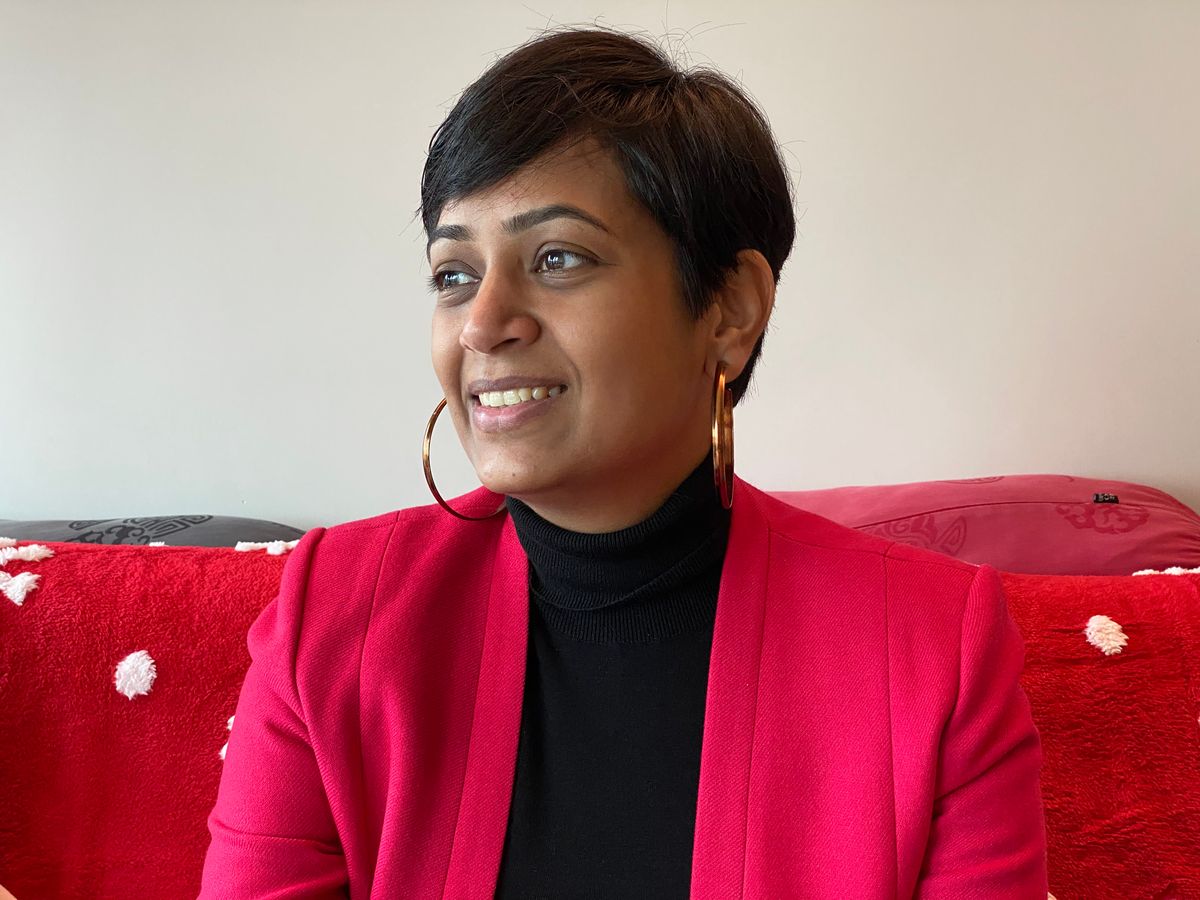


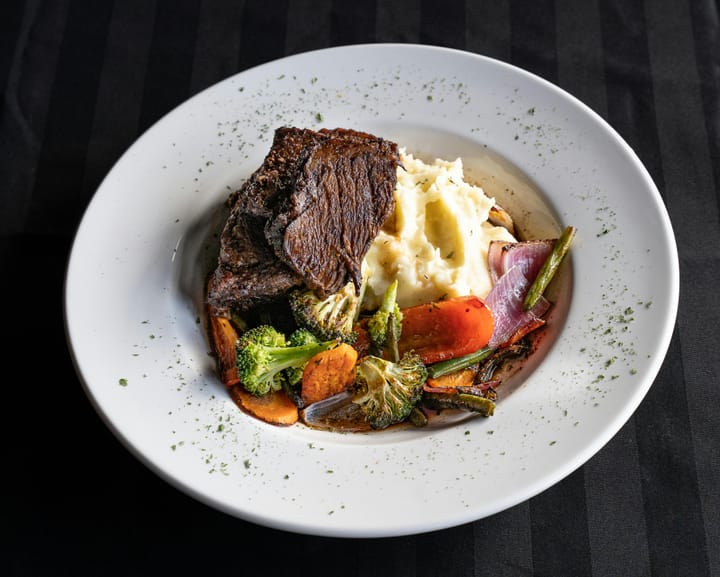
Comments ()